The secondary chords for any major key are the II, III and VI chords of it's corresponding major scale. For C Major, the secondary chords are: Dm, Em and Am. From the primary and secondary chords of a major key, countless songs and chords progressions can be played.
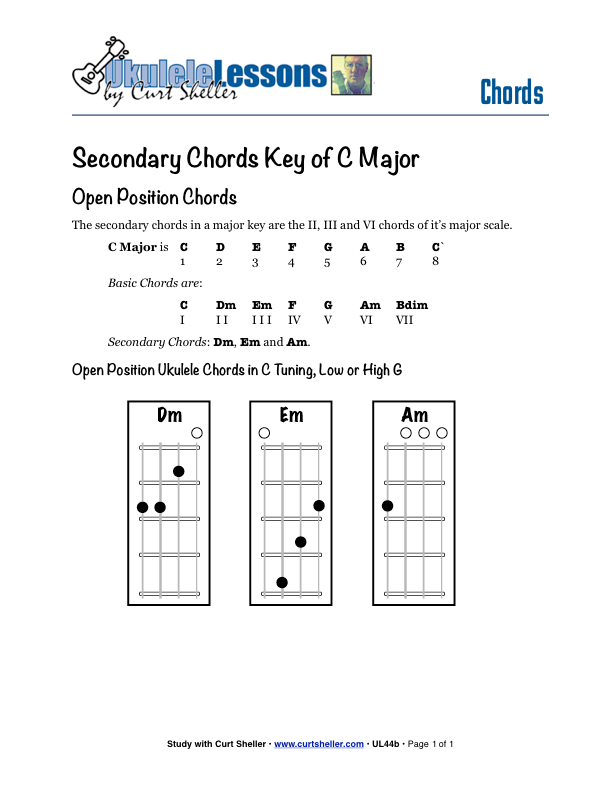
The secondary chords for any major key are the II, III and VI chords of it's corresponding major scale. For C Major, the secondary chords are: Dm, Em and Am.
From the primary and secondary chords of a major key, countless songs and chords progressions can be played.
Secondary Chords
Every major key has three major triads, three minor triads and one lone diminished triad.
The secondary chords for this key are the three minor chords, the II , III , and VI chords. These chords form the foundation of chord progressions and harmonies in any major key.
The secondary chords for any major key are the II, III and VI chords of it's corresponding major scale. For C Major, the secondary chords are: Dm, Em and Am.
From the primary and secondary chords of a major key, countless songs and chords progressions can be played.
Secondary Chords
Every major key has three major triads, three minor triads and one lone diminished triad.
The secondary chords for this key are the three minor chords, the II , III , and VI chords. These chords form the foundation of chord progressions and harmonies in any major key.
Related Lessons, Videos, Lesson Series, Songs, Books & Reference Charts, Resources & Assets, Workshops are below.
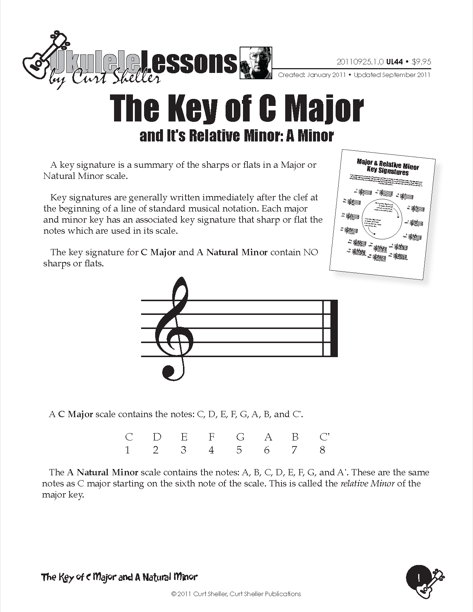
In music, it is important to learn and recognize the key signature for C Major and A Minor. These two keys have corresponding major and natural minor scales, along with basic ukulele chords that can be used with each scale. The key of C Major, also known as the learning key, is particularly easy to memorize and start using.
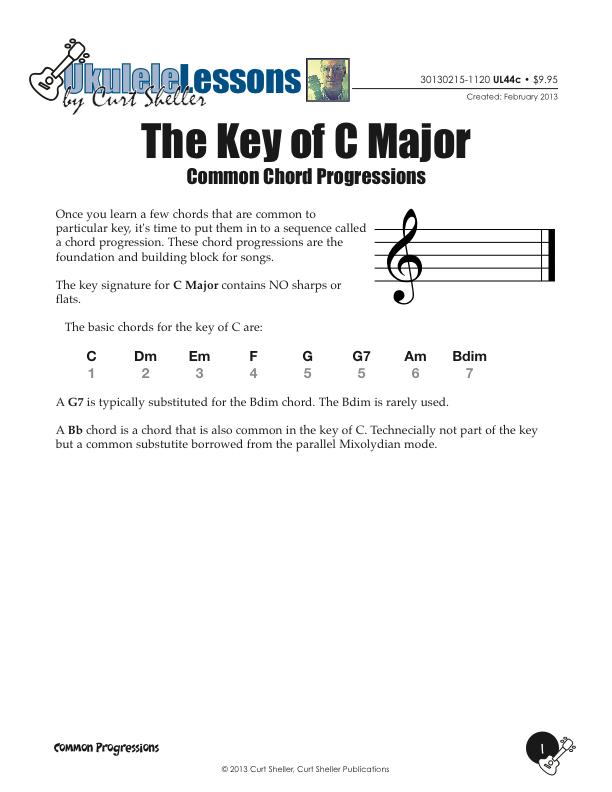
Sometimes called the “learning key”, the key of C Major is one of the easiest keys to memorize and begin using. C major (often just C or key of C) is a musical major scale based on C, with pitches C D E F G A B C. Its key signature has no flats or sharps. Its relative minor is A minor A B C D E F G A B.



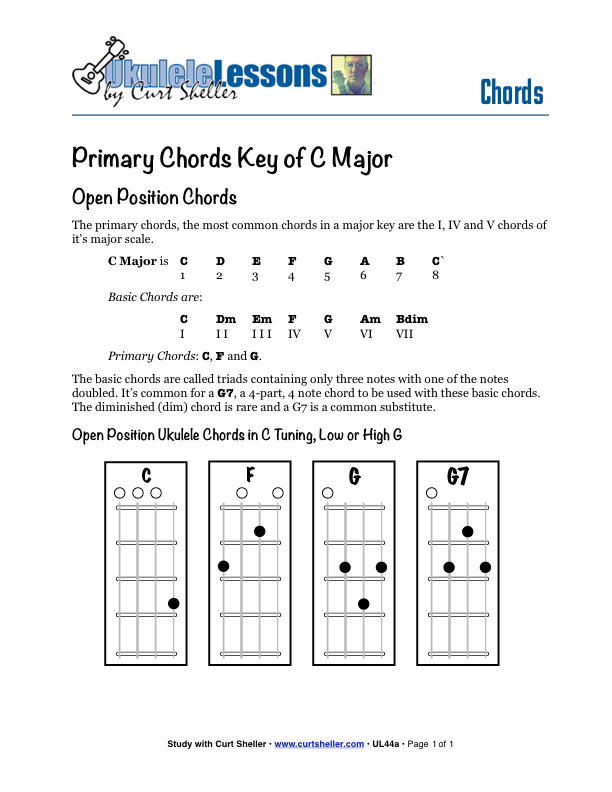
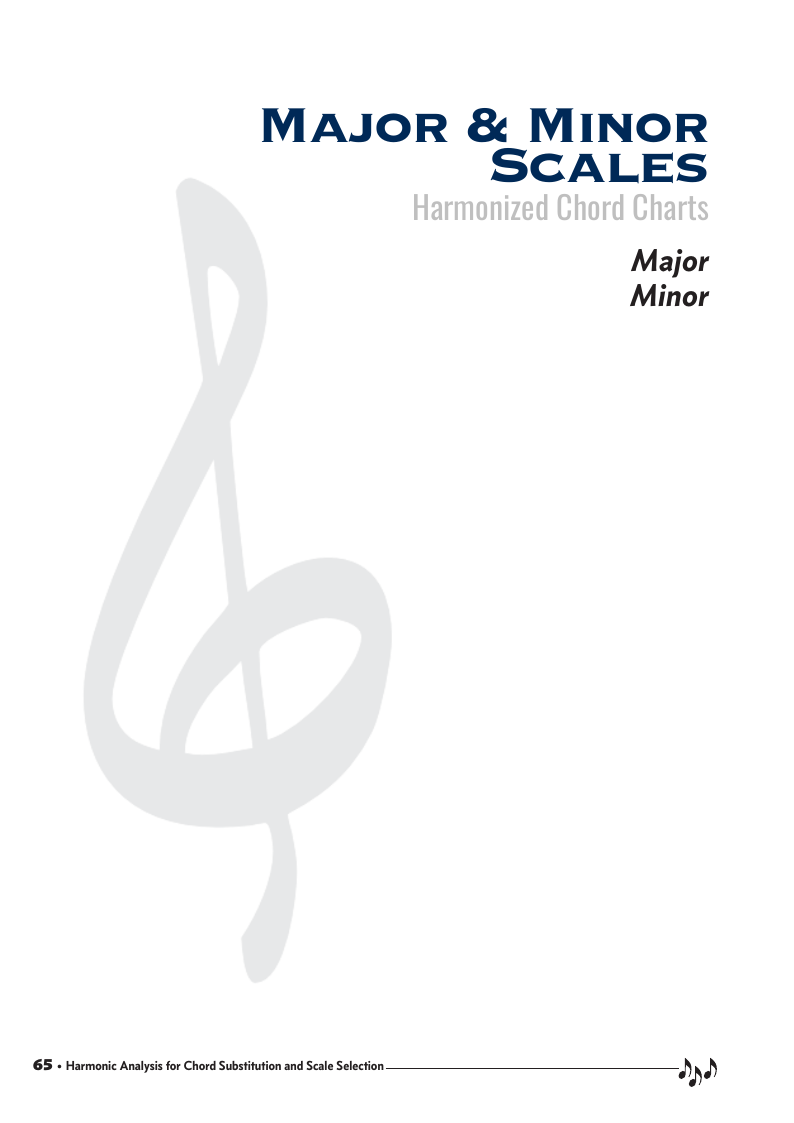
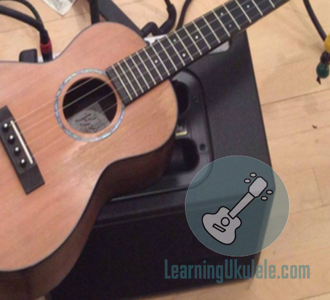
.jpg)